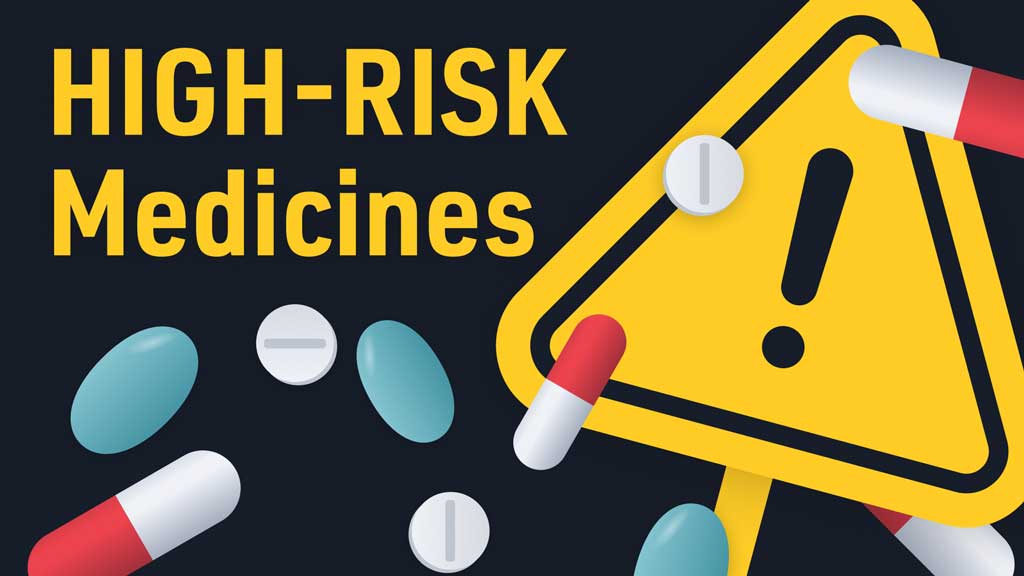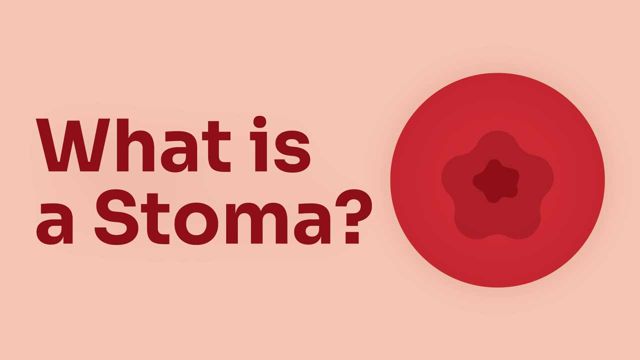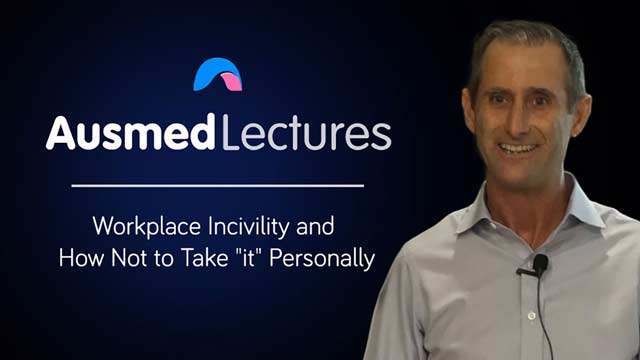High-Risk Medicines


Content
What you'll learn:
Use in-depth knowledge of the difference between pharmacokinetic and pharmacodynamic drug interactions to support best-practice and reduce the likelihood of unwanted effects from medicines.
A person in your care, who manifests signs and symptoms of an adverse drug reaction due to a drug interaction will be rapidly identified, assessed and appropriate treatment initiated.
People in your care will receive correct evidence-based education about the purpose of their pharmacological treatment and risks associated with certain medicines.
Who it's for:
Why it's needed:
Harm to patients from medicines remains an ever-present risk. Approximately 250,000 Australians are admitted to hospital each year as a result of medicine-related problems.
Untoward effects relating to medications are a sentinel event. As healthcare professionals are at the forefront of prescribing and administration they need to be eternally vigilant in their practice to stop unnecessary and preventable medicine interactions. Ongoing education about high-risk medicines and common pitfalls is essential for all health professionals.
Purpose:
Topics
Assign mandatory training and keep all your records in-one-place.
Find out more
Recommended resources










 New
New